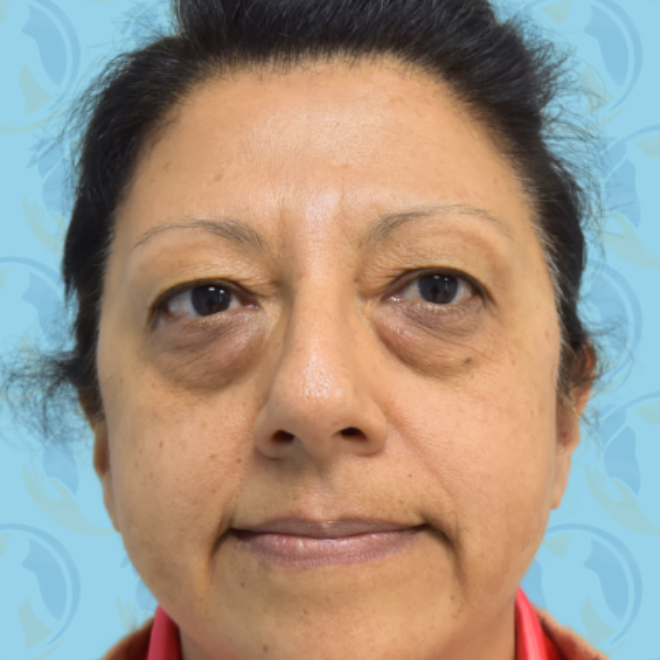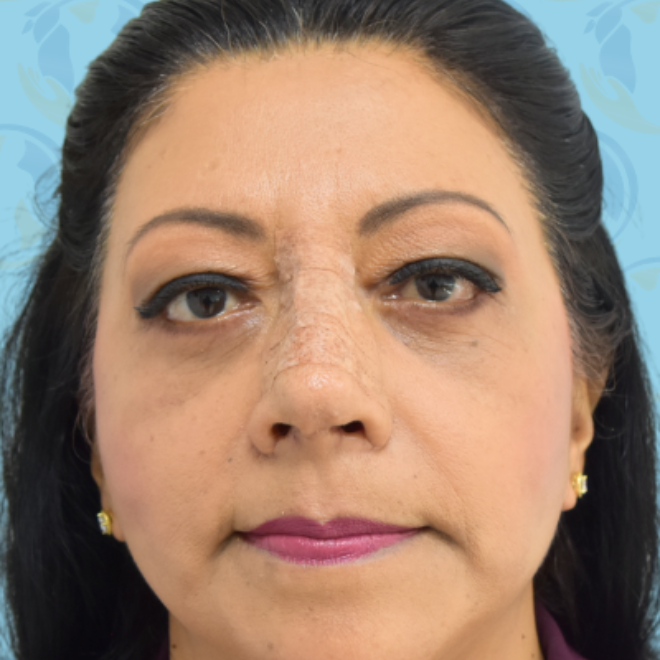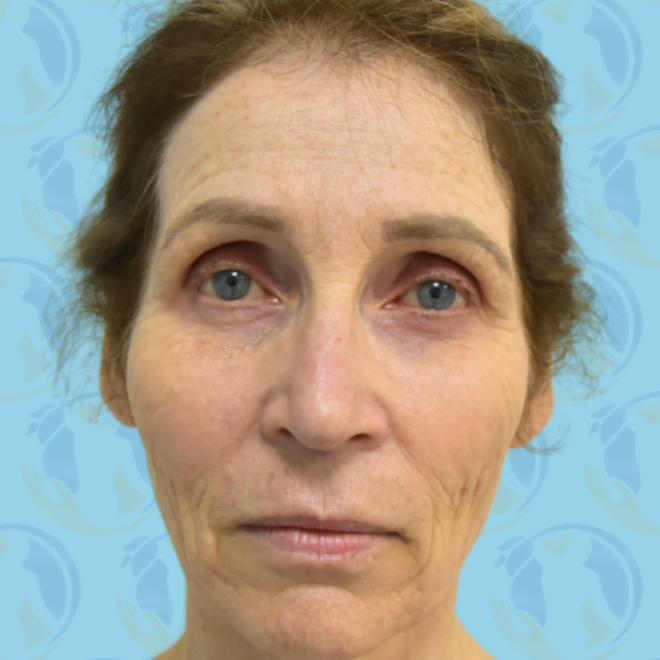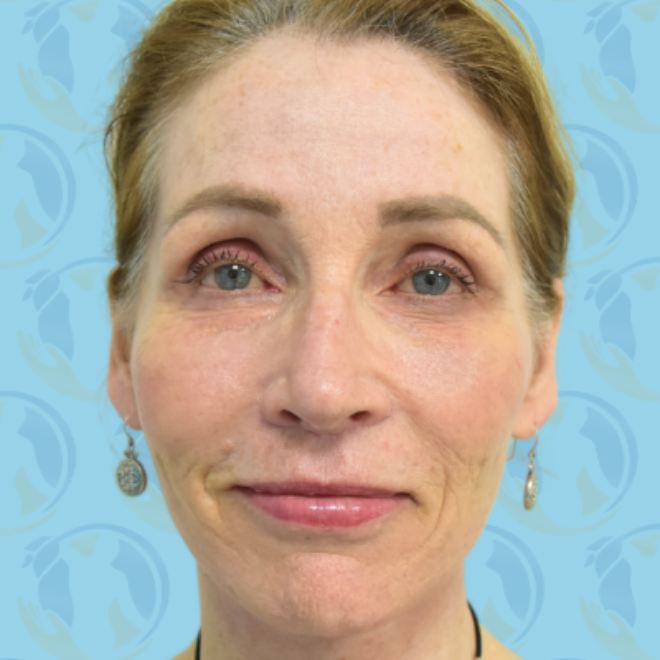
After doing some online research, many women considering breast implants have the notion that they’ll need to replace their implants a decade after surgery. This is due in large part to a 2011 report by the Food and Drug Administration on the safety of silicone implants that noted one out of five patients needed a replacement or revision after 10 years.
A quick look at those numbers, however, should put your mind at ease rather than cause alarm. While one in five women may need another procedure, that means four in five are still enjoying the benefits of their implants 10 years after receiving them.
And those additional procedures aren’t always due to deflation or a rupture of the implant, which are rare occurrences, affecting only about 3% of implants. Some revisions are by choice when women decide they want to change their size or have further refinement.
Below are a few of the reasons a follow-up procedure may be necessary after receiving breast implants. They’re important to keep in mind when you’re considering this surgery – but it’s also important to realize that your likelihood of lasting success is high, especially when you work with a board-certified plastic surgeon.
Rupture or deflation: Again, this is exceedingly rare in both saline and silicone implants. If it does occur, however, a revision will be necessary.
Development of capsule contracture: If scar tissue forms around your breast, it can harden and change position and/or shape. In these instances, another procedure to replace the implants can alleviate the issue.
Dissatisfaction with initial results, or the desired change in breast size: I have worked with numerous patients who were unhappy with their previous surgeon, as well as women who decided a change in breast size was in order well after their initial procedure.













